New pictures, mapping reveals eastern suburbs streets in line for increased density under NSW housing reforms
New imagery has shown how housing reforms could transform huge sections of Sydney’s east, as the owner of Bondi Icebergs warns the rezoning risk gentrifying the surfing suburb.
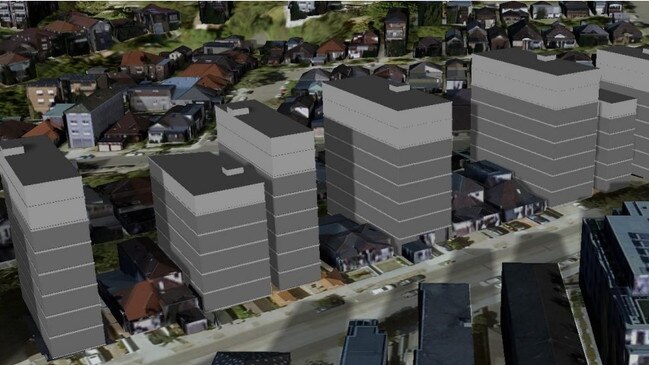
Wentworth Courier
Don't miss out on the headlines from Wentworth Courier. Followed categories will be added to My News.
New imagery has shown how State Government housing reforms could transform huge sections of Sydney’s east as the owner of the famed Bondi Icebergs restaurant warns the rezoning changs risk gentrifying the surfing suburb.
The NSW Government is facing continued resistance over plans to rezone swathes of low and dense suburbs in a bid to meet an ambitious housing target of 377,000 new homes across the state by 2029.
Mapping and imagery released by Waverly Council has shown the reforms could result in multi storey homes built in areas such as low density streets and heritage protection zones in a move the council warns could leave low rise homes “isolated” between multi-level dwellings.
Under the planning changes, buildings up to 21m tall – or about the size of a six storey building – would be permitted within 400m of areas defined as ‘local centres’ and buildings up to 16m – or about the size of four storey building – would be permitted in areas up to 800m walking distance.
Mapping shows huge sections of the local government area would be subject to the new planning laws including Bondi, Dover Heights and Bronte.
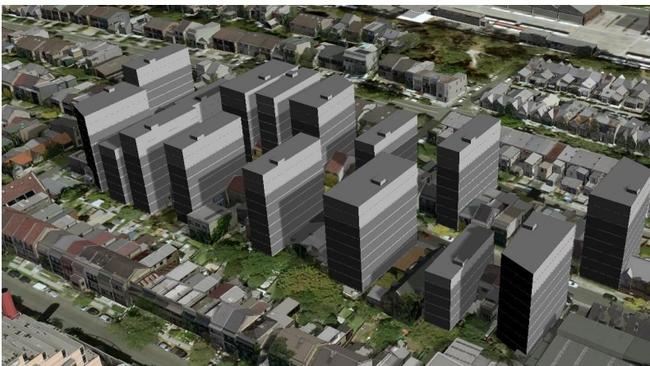
The move has sparked fierce debate across Sydney including in the eastern suburbs where multiple residents groups are actively lobbying against the reforms.
A key talking point has been whether the reforms will do anything to address affordability in the eastern suburbs with Waverley Council warning the rezoning changes will lead to a major increase in land values and therefore “drive up prices across an enormous number of properties”.
Maurice Terzini, owner of Bondi Icebergs, says low affordable housing targets outlined in the reforms could result in further gentrification in Bondi.

“I would personally like a broad spectrum of people being able to afford to live in the area but apartments aren’t cheap,” he said.
“Bondi has always had a mix of people – there has always been a youthful spirit to it, but it’s slowly becoming more conservative.
“I just hope whatever buildings we put up actually look good and have some architectural merit. Development is good as long as it’s good development.”
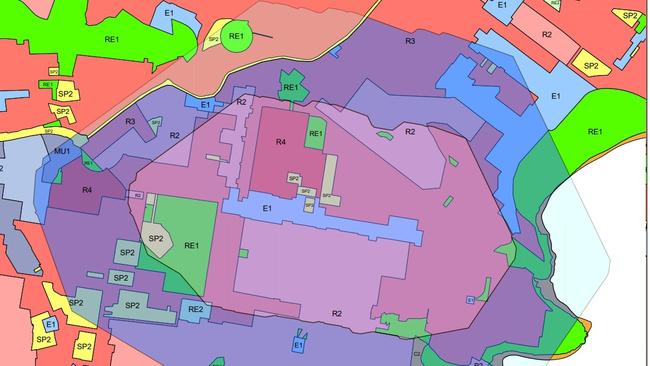
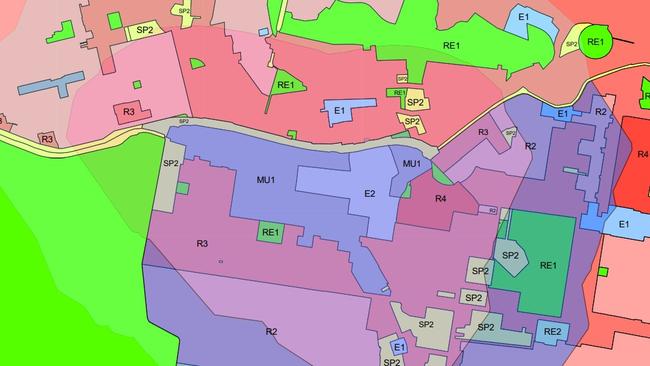
Lenore Kulakauskas – co-convenor of the local Bondi Beach community precinct group – had mixed thoughts on the reforms, saying there was a genuine need for more housing in the suburb, however not at the expense of heritage.
Ms Kulakauskas said her primary concern was ensuring building heights on Campbell Parade facing Bondi Beach are preserved to maintain the nature of the beachfront precinct.
Waverley Council – in a draft submission to the reforms – labelled the planning changes as a “a one-size-fits-all approach” that undermines strategic local planning.
A council spokeswoman said the imagery - which was produced by council staff - was aimed at provide a “visual representation of some of the concerns” over the housing reforms.
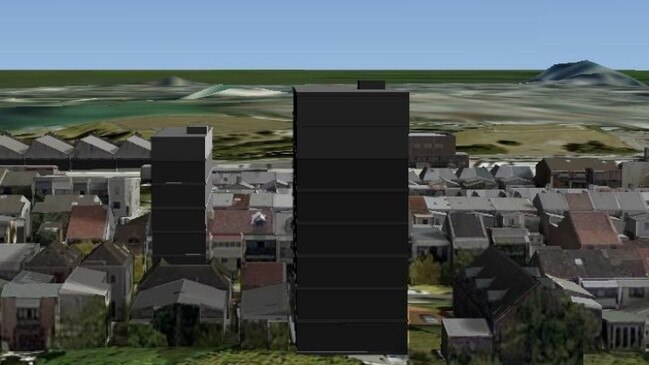
The council has also rejected arguments it was failing to take its fare share of new housing – highlighting latest Census data that shows more than 83 per cent of homes in Waverley were considered medium or high density.
“In other words, many other areas in Sydney would have to increase their density by 350% to equal Waverley’s,” the submission states.
The council joins a growing list of local government bodies to push back at NSW Government planning changes.
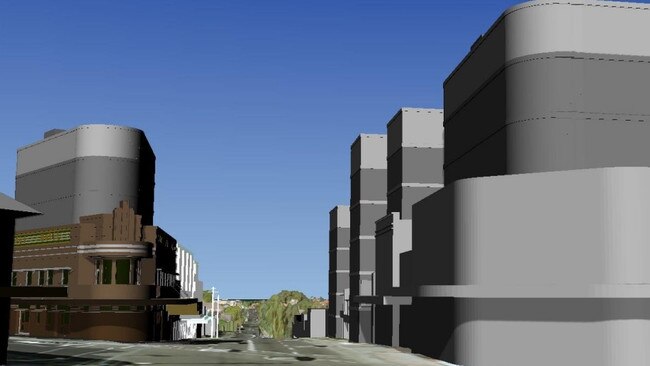
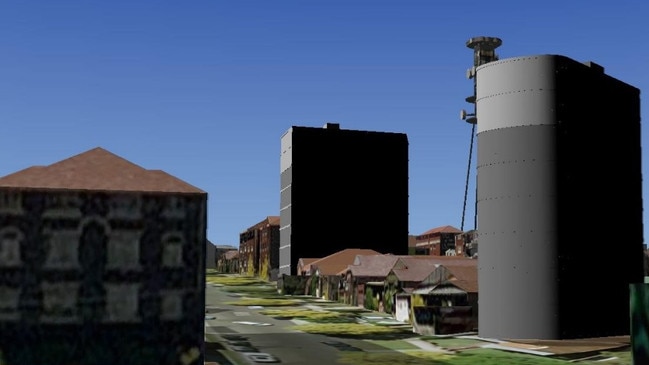
The Department of Planning maintains the introduction of new forms of residential development would “represent a healthy evolution of the fabric for our suburbs.”
“There is overwhelming community support for additional housing to help tackle the current housing crisis in NSW and across Greater Sydney,”, a spokesman said.
“The changes will increase the capacity for more well-located homes, close to jobs and in places where people want to live.”
The planning overhaul is aimed at addressing Sydney’s housing shortage and meeting the National Housing Accord target of 377,000 new homes across NSW by 2029.





